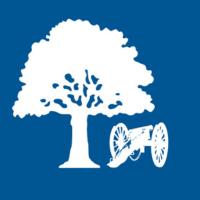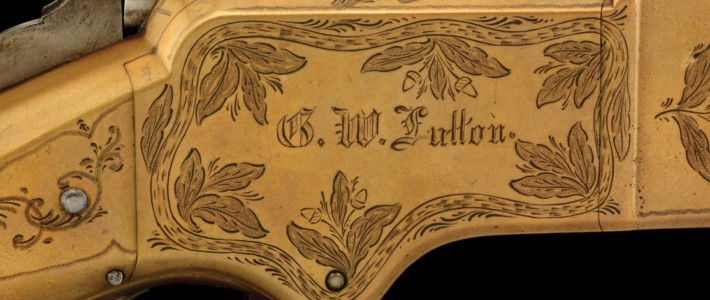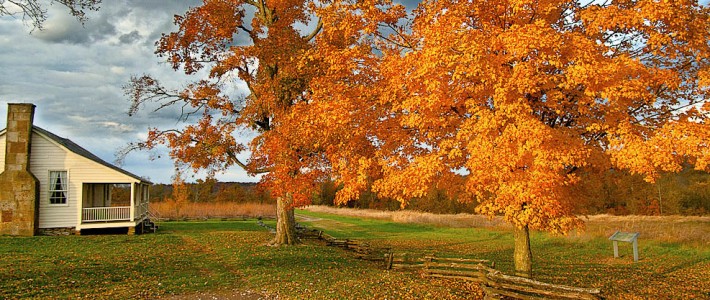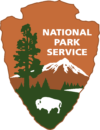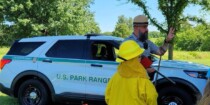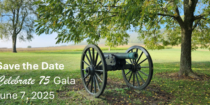Wilson’s Creek National Battlefield will take possession of an important Civil War artifact thanks to efforts of the Wilson’s Creek National Battlefield Foundation and its supporters. The Foundation was presented with the opportunity to purchase a very rare .44 caliber Model 1860 Henry rifle recently sold at auction and purchased by the Foundation to be added to the park’s permanent collection. The Foundation will present the rifle to Wilson’s Creek Acting Superintendent Russ Runge at 1 PM on Tuesday, June 23, at Stop 5 on the battlefield’s tour road, overlooking the open fields of Colonel Franz Sigel’s position the morning of the battle, August 10, 1861.
Foundation friends and supporters will be on hand to view the presentation and see the beautifully embellished weapon for themselves. The public is also invited to attend.
While this Henry rifle was not used at the Battle of Wilson’s Creek, the weapon does have a Missouri connection. The rifle was owned by Major George W. Fulton of the 21 st Missouri Infantry, a Union regiment that saw extensive service during the war and participated in the battles of Shiloh, Tupelo and other actions. Fulton, a resident of Edina (Knox County), Missouri, served with the regiment from July 1861 until his resignation in December 1864. He died in Edwards County, Kansas, in 1890.
The Henry, which was first produced in 1860, was the most technologically advanced small arm of the Civil War period. A lever-action repeating rifle, the Henry utilized a 15-round magazine containing self-contained metallic cartridges, allowing a soldier to fire anywhere from 15-30 shots per minute at a time when a soldier carrying a single-shot muzzle-loading rifle-musket could fire only 2-3 shots per minute.
This artifact will be displayed in the Wilson’s Creek National Battlefield’s newly-renovated Visitor Center set to open in October 2020. The planned exhibit will highlight the history of Civil War weapons technology. Displaying a Henry will allow visitors to gain a greater appreciation of the rapid advance in arms technology that took place during this period, drawing a clear distinction between the single-shot weapon of the pre-war era and the repeating rifle that was destined to spell the end of muzzle-loading weapons and dominate the arms market for decades after the war.
The Wilson’s Creek NB Foundation also recently contributed an additional $40,000 to the visitor center renovation project to provide content for electronic displays highlighting several aspects of the Battle of Wilson’s Creek and the Civil War.
Wilson’s Creek Foundation is the support and fund-raising partner for Wilson’s Creek National Battlefield, with the mission of encouraging awareness, appreciation, educational utilization, and development of the park, as well as raising funds for various projects not covered by the National Park Service.
